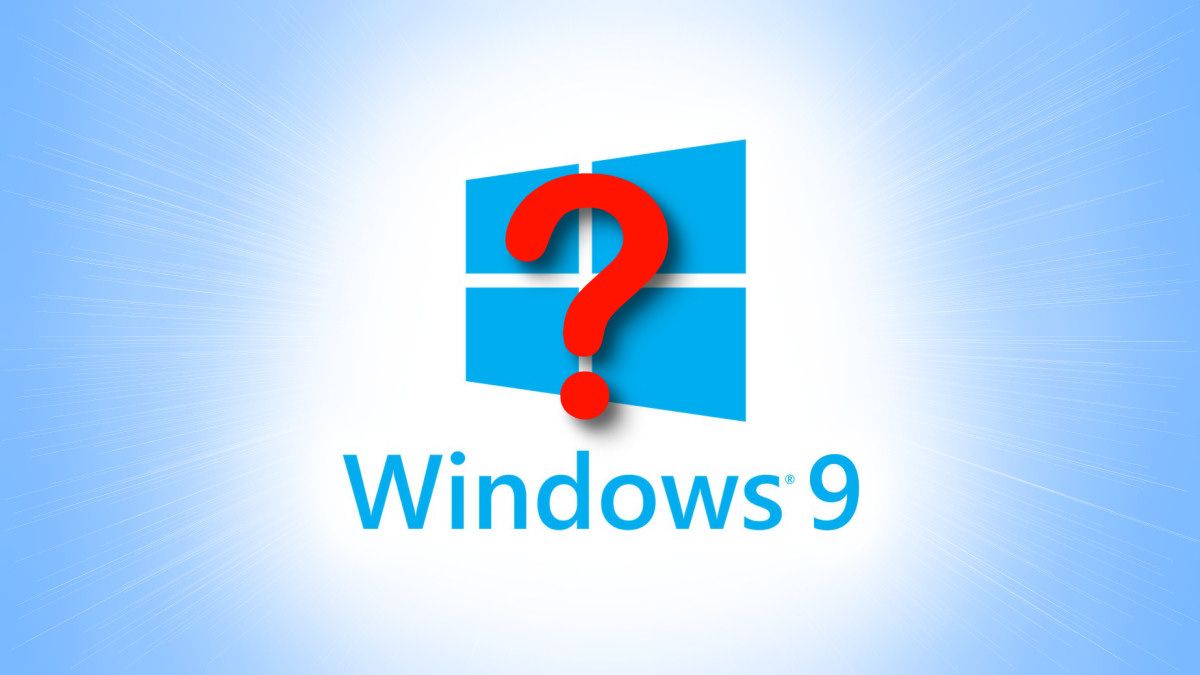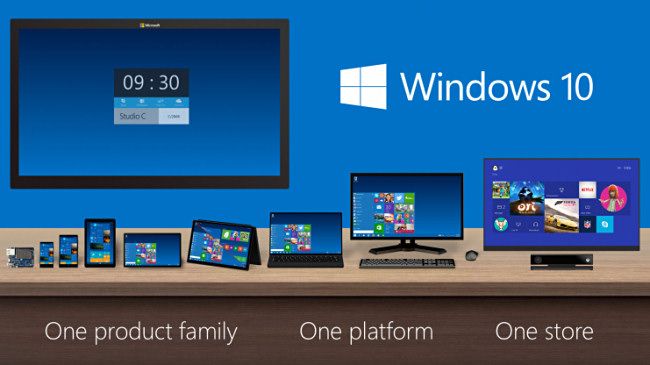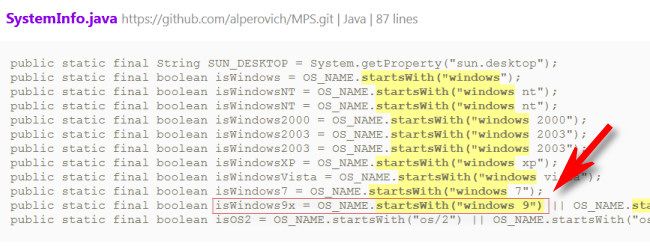Quick Links
Microsoft jumped between Windows 8 and Windows 10 -- notice anything missing? We'll explore why there was no Windows 9.
A Major Break From 8; "Windows One" Was Unavailable
While under development, Microsoft referred to Windows 10 as "Threshold," after a planet in the fictional Halo universe. Meanwhile, the press assumed the next major version of Windows would be called "Windows 9." And yet on September 30, 2014, Microsoft surprised us all by announcing "Windows 10" instead. The reason why had a lot to do with the previous major version of Windows, Windows 8.
Windows 8, while innovative, wasn't well-received. It was generally regarded as an embarrassing flop from Microsoft. Windows 8.1, launched in 2013, fixed some (but not all) of its most unpopular features in recognition that Windows 8 wasn't an ideal release.
In naming "Windows 10," the firm wanted to show that Threshold was not just an upgrade or continuation of the unpopular technology found in Windows 8. Windows 10 would be a clean break with a new major version. Also, Microsoft envisioned Threshold as a "wave" of operating systems that would apply to desktops, tablets, Windows Phone, and Xbox One while adapting the UI to each device in an ideal way.
Interestingly, Microsoft has had very little to say officially about skipping over Windows 9. During the 2014 Windows 10 launch event (as reported by ExtremeTech since the video is currently unavailable), Windows Chief Terry Myerson gave some important clues about the company's thinking: "We know, based on the product that's coming, and just how different our approach will be overall," he said. "It wouldn't be right to call it Windows 9."
Also, Myerson gave another clue that the firm might have wanted to name the release "Windows One," but was foiled by the existence of Windows 1.0 (way back in 1985). According to ExtremeTech, Myerson mentioned that Windows One would make sense in the context of OneNote, OneDrive, and Xbox One, but "unfortunately Windows 1 has been done by the giants that came before us."
So if Windows One was taken, we speculate, why not add a zero and call it Windows 10? In the world of marketing, there are no hard logical rules for naming products, so this explanation seems as good as any.
An Unofficial Reason: Windows 9x Compatibility Issues
Still, Microsoft's somewhat vague ("It came and went") official explanations haven't satisfied everyone, so alternative theories remain. And here's a doozy: On the very day of the Windows 10 announcement, someone on Reddit claiming to be a Microsoft developer wrote that Microsoft avoided "Windows 9" because it might confuse programs checking for Windows 95 or Windows 98, two previous Windows releases from the 1990s.
(Imagine a vintage Windows program written in the 1990s checking for "Windows 9*" then finding "Windows 9" and thinking it's running on Windows 95, for example.)
With Microsoft's famous commitment to backward compatibility---and a proven history with version number check shenanigans---the claim seemed plausible enough to make the rounds on many news sites at the time. Windows fans who are in the know might immediately poke holes in this theory, considering that Windows 95's official version number wasn't "Windows 95." A well-written program doing a version check would actually see a version number of 4.00.95 (and up), and for Windows 98, it would see 4.10.1998 (and up). So the explanation doesn't seem to hold much water.
But wait: Not all programs are well-written, and people have found evidence of existing legacy code written in Java that checks for Windows version by looking at the string name of the OS instead of the version number. (We have found some as well: here are two examples.) So there may be some truth to the Reddit claim after all. What we don't know is whether that influenced Microsoft's naming decision or not, but considering Microsoft's history of bending over backwards to not break compatibility, it's very possible.
Also, the Number 9 Is Unlucky in Japan
While naming Windows 10, it's possible that someone pointed out that the number 9 is considered unlucky to some in Japan. When pronounced, it sounds similar to the word that means "torture," although this meaning might not be widespread. Still, considering that "Windows Torture" doesn't have a great ring to it for the Japanese market, we can understand another reason why Microsoft might have wanted to avoid "Windows 9"---but this is entirely speculative.
Another popular speculation is that Microsoft wanted to bring Windows to version parity with Mac OS X (pronounced "ten"), which stayed in the 10.x version numbers for 20 years. No matter what the reason, if you think about it, hundreds of millions of people use what could have been Windows 9 today---we just call it "Windows 10." It's all marketing.



